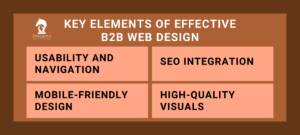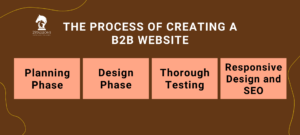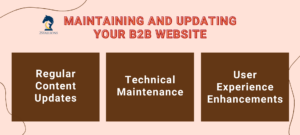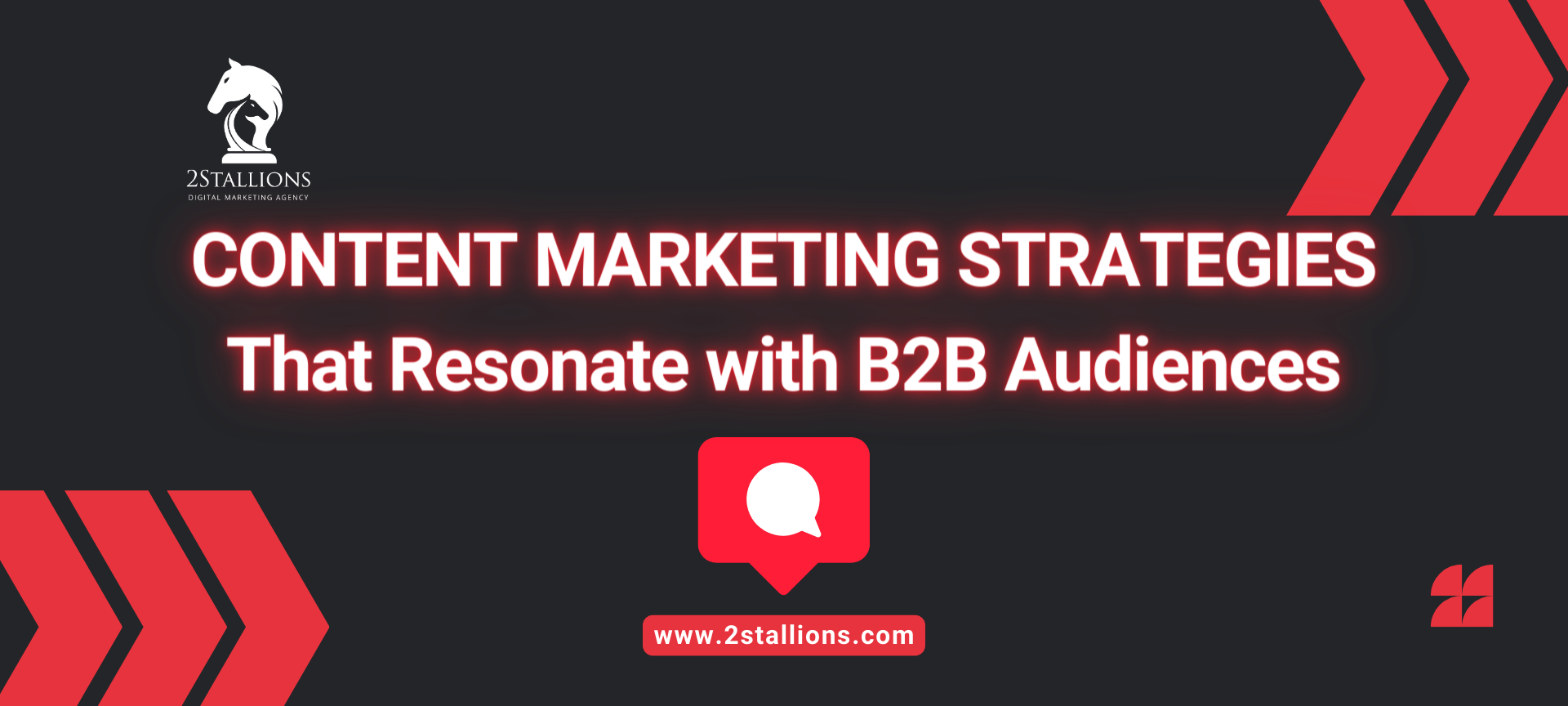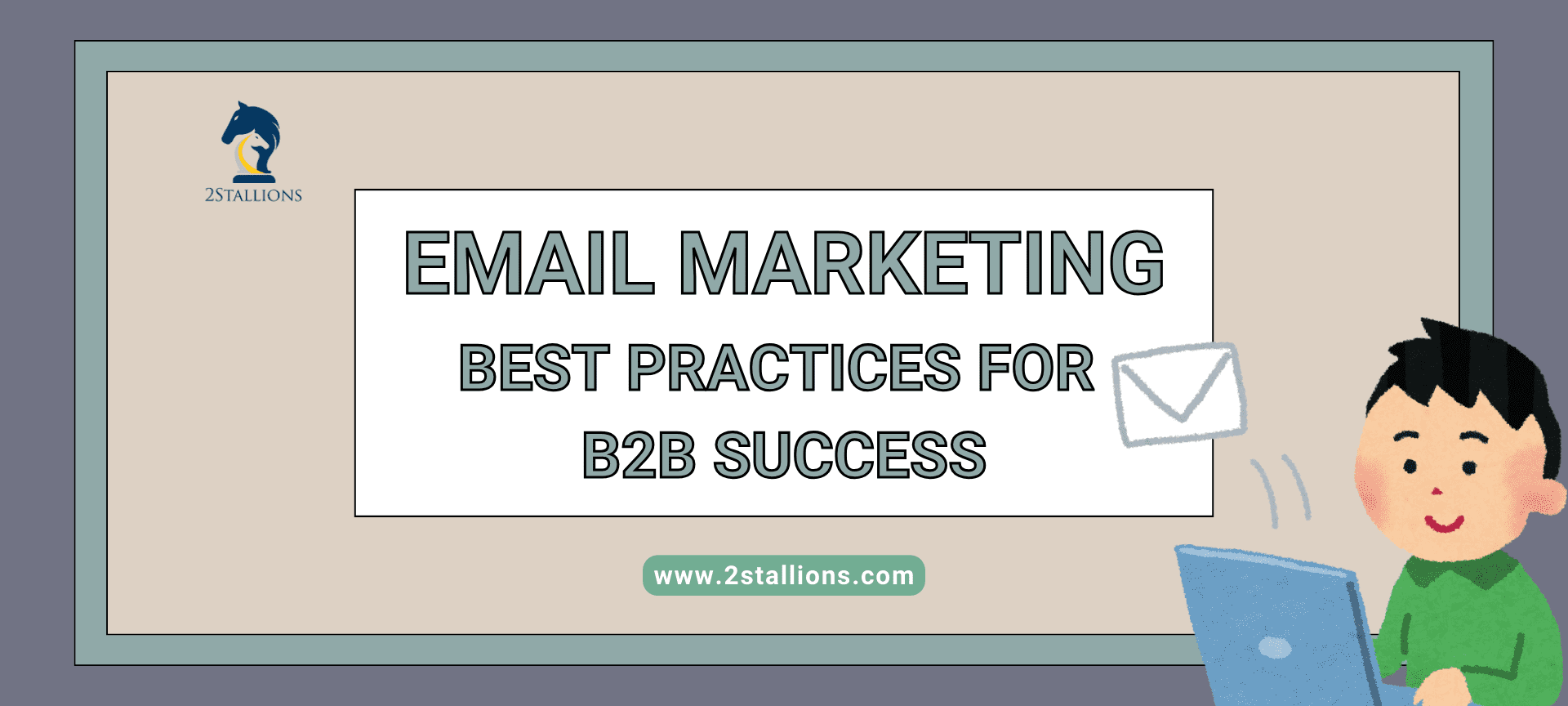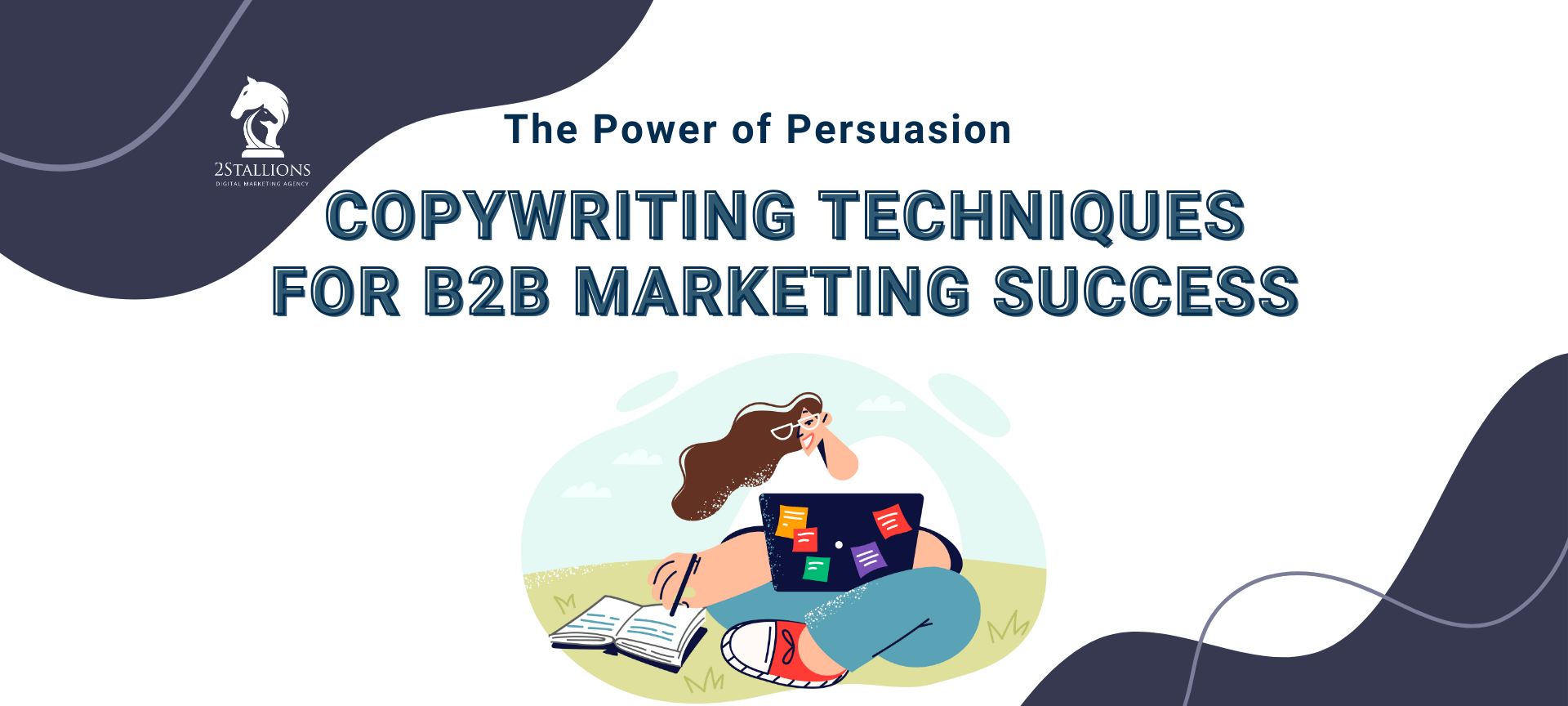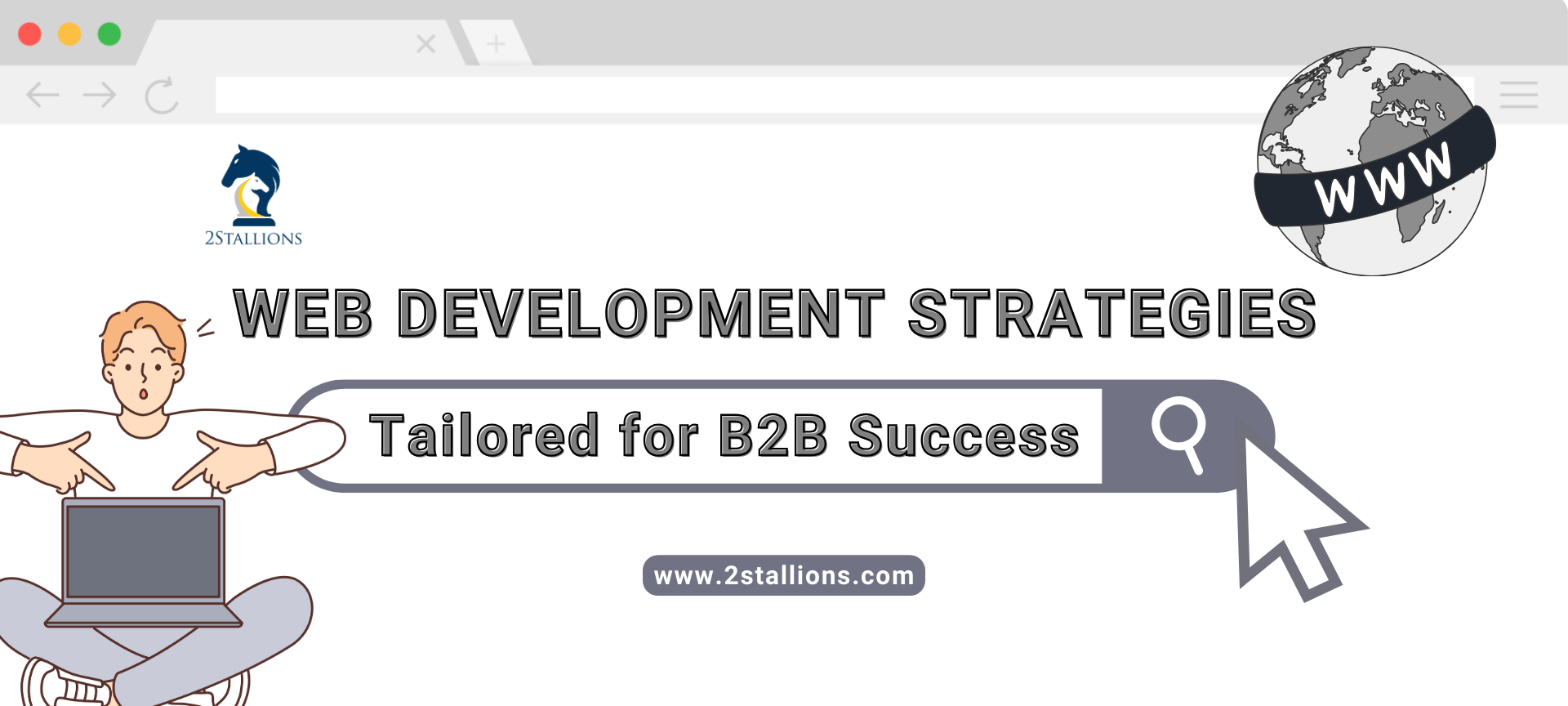Content
SHARE
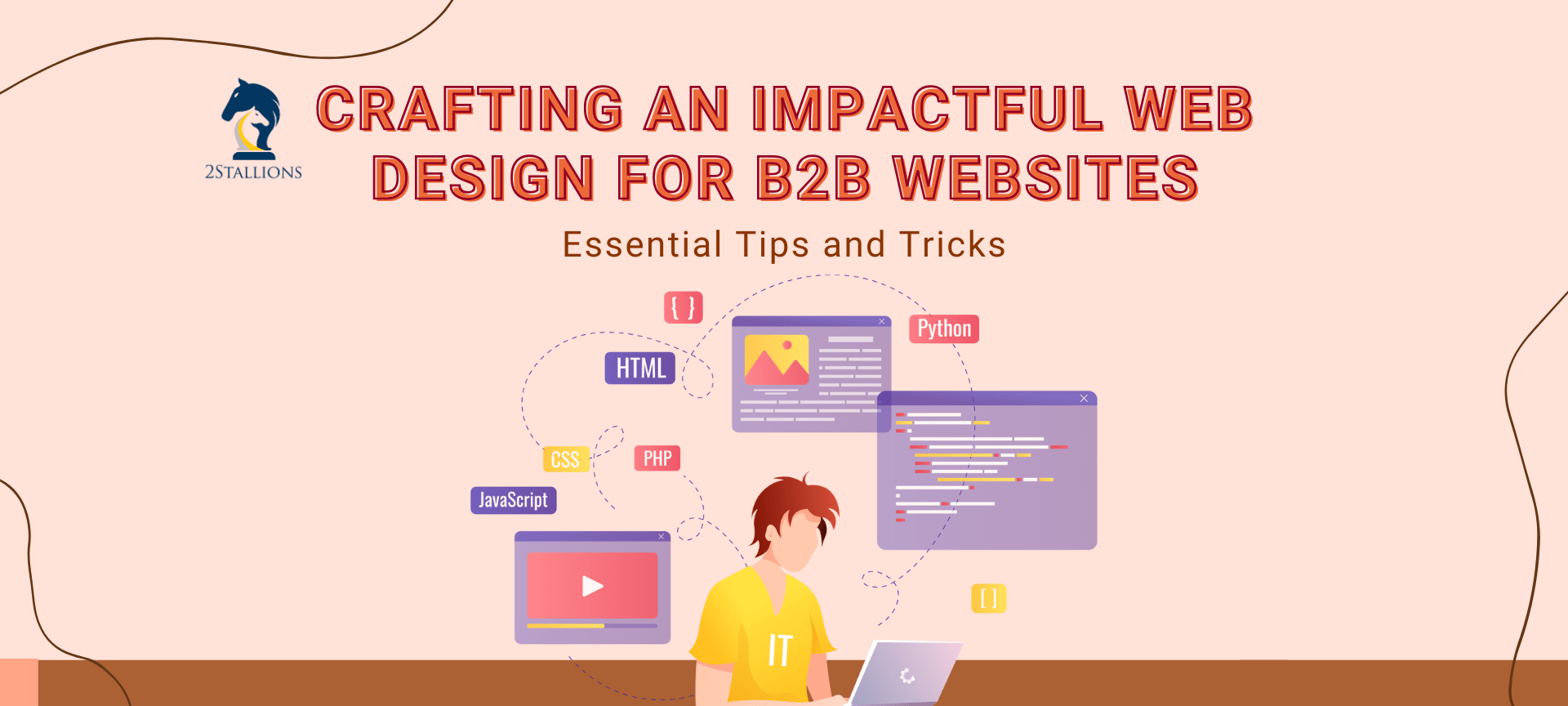
As digital marketing continues to play a crucial role in business-to-business (B2B) marketing strategies, the importance of web design cannot be overstated. A well-designed website enhances the user experience and contributes to B2B marketing success. In this comprehensive guide, we will explore the impact of web design on B2B customer acquisition, brand image, and overall business performance. We will also delve into the key elements of effective B2B web design, creating a B2B website, maintaining and updating it, and measuring its success.
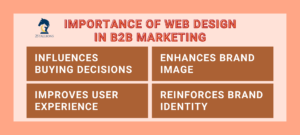
Understanding the importance of web design in B2B marketing
In B2B customer acquisition, web design plays a vital role. In today’s digital-centric world, potential customers often research and evaluate solutions online before purchasing. A well-designed website that provides relevant and easily accessible information can significantly influence their buying decisions.
Moreover, web design directly impacts your B2B brand image. Your website is often the first point of contact for potential customers, and it is your brand’s credibility and professionalism. A visually appealing and user-friendly design can help establish a positive impression and build trust with your audience.
Furthermore, in the realm of B2B marketing, the functionality of your website is equally crucial. A website that is easy to navigate, with clear calls to action and an intuitive layout, can enhance the user experience and encourage visitors to explore your products or services further. By incorporating responsive design elements, you can ensure that your website is accessible across various devices, catering to the diverse preferences of your target audience.
Additionally, the visual aesthetics of your website should align with your brand identity and messaging. Consistency in design elements such as colour schemes, typography, and imagery can reinforce brand recognition and create a cohesive brand experience for visitors. By integrating compelling visuals and engaging multimedia content, you can captivate your audience’s attention and convey the unique value proposition of your B2B offerings.
Key elements of effective B2B web design
To create an effective B2B website, several key elements should be considered. Usability is paramount and should be prioritised throughout the design process. An intuitive navigation structure, clear calls to action, and easily findable information are crucial for guiding users through your website and ensuring a positive user experience.
Additionally, with the growing prominence of mobile devices in B2B research and purchasing, it is essential to incorporate mobile-friendly design into your website. Responsive design techniques can ensure that your website adapts seamlessly to different screen sizes and provides an optimal experience for mobile users.
Furthermore, integrating search engine optimisation (SEO) strategies into your B2B web design can significantly improve your website’s visibility in search engine results. Properly optimising your website’s structure, content, and metadata can help drive organic traffic and increase your chances of reaching potential customers.
Moreover, when designing a B2B website, it is important to consider high-quality visuals and multimedia elements. Engaging images, videos, and infographics can capture visitors’ attention and convey complex information in a more digestible format. Including compelling visual content can enhance the overall aesthetic appeal of your website and make it more memorable to users.
Another crucial aspect of B2B web design is the social proof elements incorporated. Testimonials, case studies, and client logos can build credibility and trust with potential customers, showcasing your track record of success and satisfied clients. By strategically placing social proof throughout your website, you can reinforce your brand’s reputation and influence visitors’ purchasing decisions.
The process of creating a B2B website
Creating a successful B2B website requires careful planning, designing, and thorough testing. Defining your website’s objectives, target audience, and desired features is crucial In the planning phase. Researching your industry, competitors, and target market can provide valuable insights for informing your website design decisions.
Once the planning phase is complete, you can proceed to the design phase. Collaborating with experienced web designers and developers can help bring your vision to life. Creating a visually appealing design, consistent with your brand identity, and aligns with industry best practices is important.
After designing your B2B website, thorough testing is necessary to identify and address any issues or bugs. User testing can ensure that your website is intuitive and easy to navigate and that all functionalities are working as intended. Once testing is complete, you can launch your B2B website, making it accessible to your target audience.
Moreover, when considering the design of your B2B website, it is essential to focus on creating a responsive layout. With the increasing use of mobile devices for browsing, having a website that adapts seamlessly to different screen sizes is paramount. This ensures a consistent user experience across various devices and improves accessibility for your target audience.
Furthermore, incorporating search engine optimisation (SEO) strategies into your website design can enhance its visibility on search engine results pages. Conducting keyword research and implementing on-page SEO techniques can improve your website’s ranking and attract more organic traffic. This, in turn, can lead to increased brand awareness and higher conversion rates for your B2B business.
Maintaining and updating your B2B website
Maintaining and updating your B2B website is crucial for its long-term success. Regularly updating your website’s content, including blog posts, product information, and case studies, keeps it fresh and engaging for visitors. This can also improve your website’s search engine rankings and gain organic traffic.
Additionally, it is important to regularly monitor your website for any technical issues or broken links. Regular backups and security checks help ensure the safety of your website and protect sensitive customer information.
Furthermore, when updating your B2B website, it’s essential to consider the user experience. Ensuring your website is easy to navigate, with clear calls to action and a responsive design, can significantly impact visitor engagement and conversion rates. Conducting user testing and gathering feedback can provide valuable insights into enhancing the website’s usability.
Moreover, incorporating multimedia elements such as videos, infographics, and interactive tools can make your B2B website more visually appealing and informative. These elements break up text-heavy content and help convey complex information to engage the overall user experience more.
Measuring the success of your B2B website
Measuring the success of your B2B website is essential for understanding its performance and making data-driven improvements. Key metrics to track include website traffic, conversion rates, bounce rates, and average time on page. Analysing this data can provide insights into the website and identify areas of effectiveness for improvement.
Interpreting your B2B website analytics allows you to understand user behaviour and preferences. Identifying pages with high bounce rates or low conversion rates can pinpoint areas that require optimisation. This can include improving page load times, optimising call-to-action buttons, or enhancing the user experience.
You can make informed improvements to your B2B website from your website data. Regularly implementing A/B testing and making iterative changes based on the outcomes can help optimise your website for better performance and conversions.
Understanding the nuances of B2B website success involves delving into the realm of user experience design. This crucial aspect focuses on creating a seamless journey for visitors, ensuring they can easily navigate your site and find the information needed. Intuitive navigation, clear messaging, and responsive design can affect a positive user experience.
Furthermore, content strategy plays a pivotal role in the success of B2B websites. Providing valuable and relevant content attracts visitors keeps them engaged and encourages them to explore further. Tailoring your content to address your target audience’s pain points and needs can significantly impact the effectiveness of your website in generating leads and conversions.
In conclusion, web design is crucial in B2B marketing to acquire customers, build brand image, and achieve business goals. By understanding the key elements of effective B2B web design, following a structured process for website creation, maintaining and updating your website, and measuring its success, you can ensure that your B2B website becomes a powerful tool for driving growth and success in your industry.
Frequently Asked Questions About Crafting an Impactful Web Design for B2B Websites: Essential Tips and Tricks
What are the key elements of impactful B2B web design?
Key elements include a clear and intuitive navigation system, professional aesthetics, mobile responsiveness, fast loading times, and strategically placed calls-to-action to guide user interactions.
How can web design influence a B2B buyer’s decision-making process?
Web design can influence a B2B buyer’s decision-making by providing a user-friendly experience, showcasing the business’s credibility through professional design, and communicating value propositions and benefits.
What are some design tips for improving the user experience on B2B websites?
Design tips for improving user experience include ensuring compatibility across all devices, using a simple and consistent layout, providing accessible content, and incorporating interactive elements like chatbots and virtual assistants for immediate inquiries.
How important is mobile responsiveness for B2B websites?
Mobile responsiveness is crucial for B2B websites as it ensures that users on any device have a seamless experience, vital for maintaining engagement and competitiveness in today’s increasingly mobile-first business environment.

